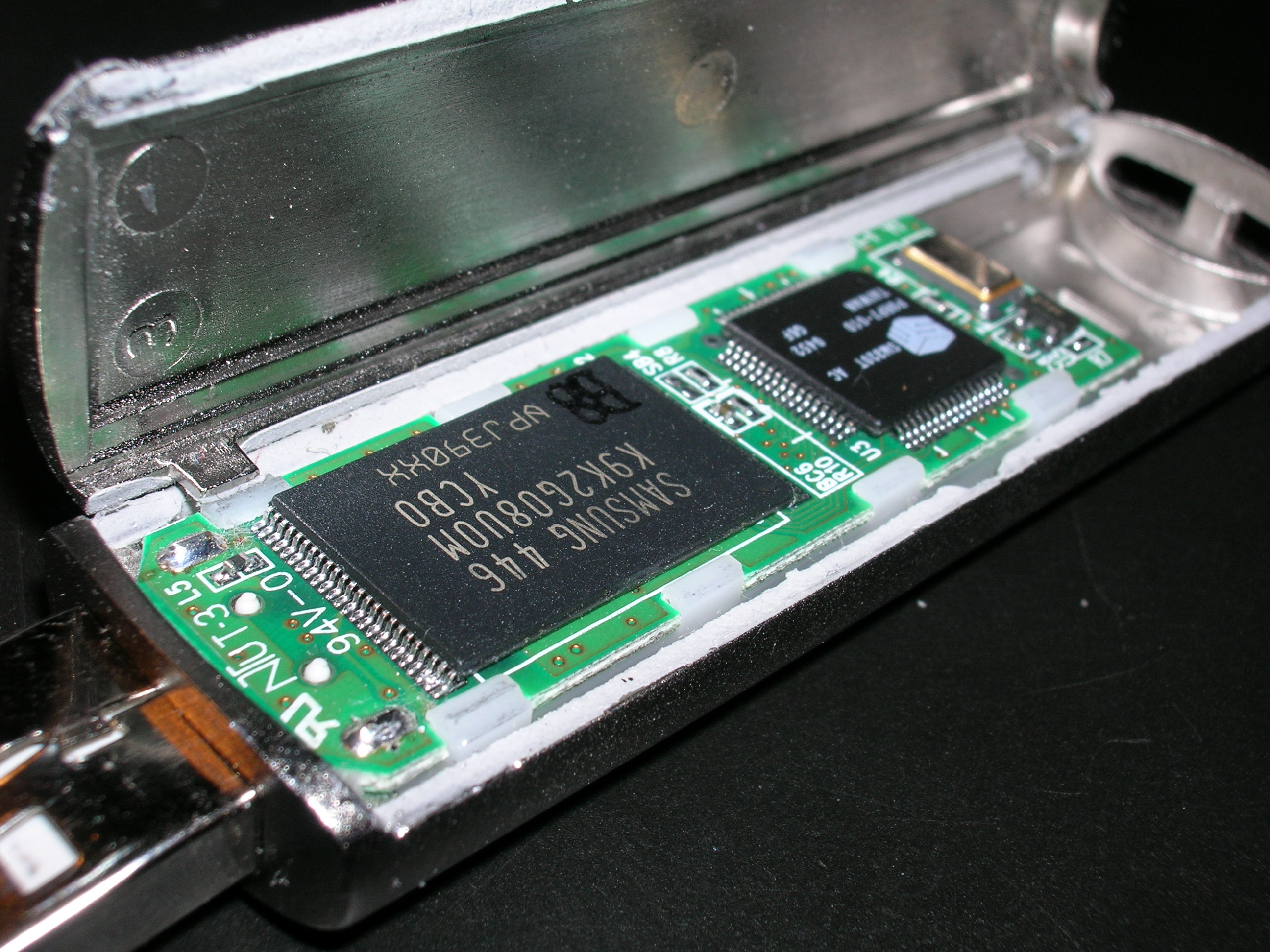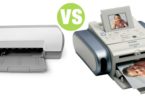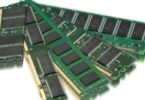USB vs Memory Cards
Summary: Difference Between USB Flash Drives and Memory Cards is that a USB flash drive, sometimes called a thumb drive, is a flash memory storage device that plugs in a USB port on a computer or mobile device. While Memory cards enable mobile users easily to transport digital photos, music, or files to and from mobile devices and computers or other devices.

USB Flash Drives
A USB flash drive, sometimes called a thumb drive, is a flash memory storage device that plugs in a USB port on a computer or mobile device. USB flash drives are convenient for mobile users because they are small and lightweight enough to be transported on a keychain or in a pocket. Current USB flash drives have storage capacities ranging from 512 MB to 64 GB, with the latter being extremely expensive.
Memory Cards
Memory cards enable mobile users easily to transport digital photos, music, or files to and from mobile devices and computers or other devices. A memory card is a removable flash memory device, usually no bigger than 1.5 inches in height or width, that you insert and remove from a slot in a computer, mobile device, or card reader/writer. Common types of memory cards include CompactFlash (CF), Secure Digital (SD), Secure Digital High Capacity (SDHC), microSD, microSDHC, xD Picture Card, Memory Stick, and Memory Stick Micro (M2).
Also Read:
Difference Between Information Processing Cycle and Machine Cycle
Difference Between USB Port and FireWire Port
Difference Between USB and FireWire
Difference Between Input and Output







Leave a Comment
You must be logged in to post a comment.